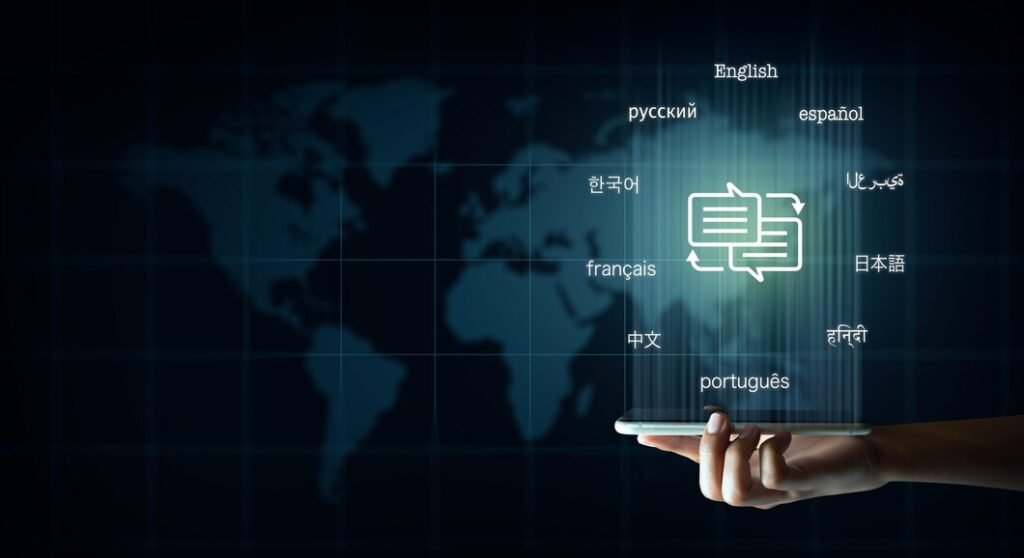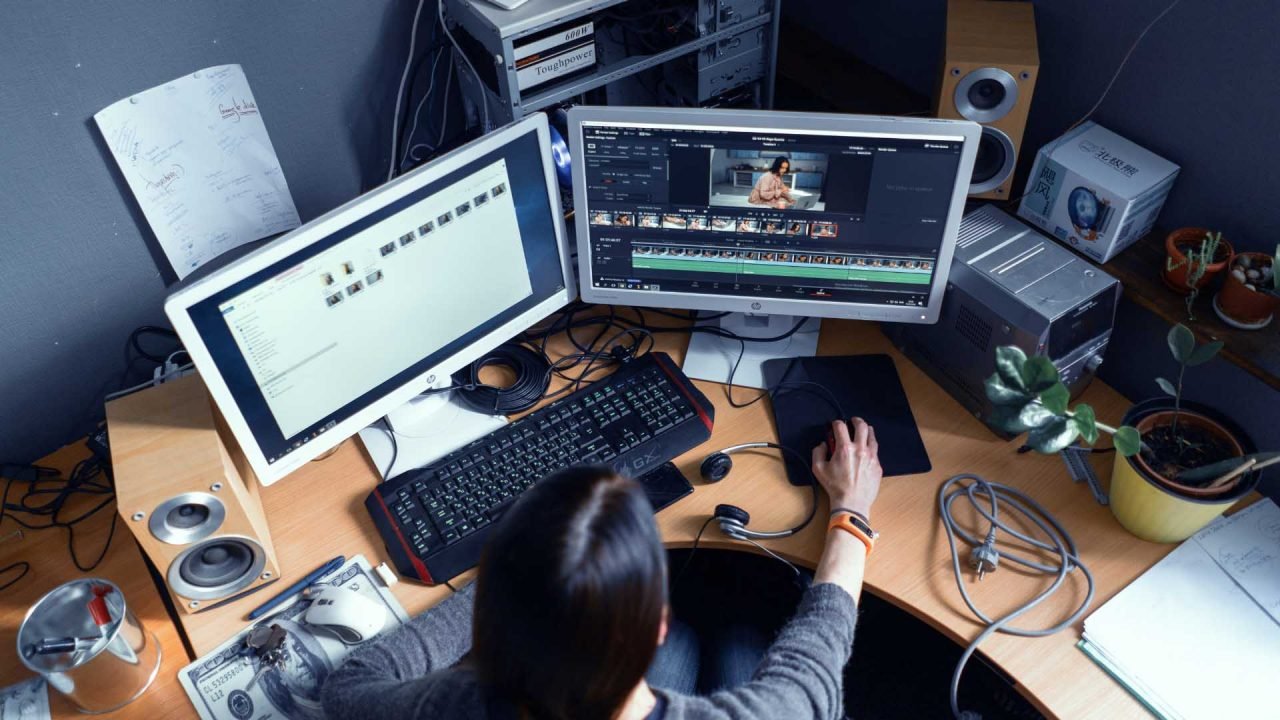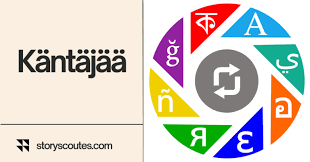In today’s highly globalized world, the role of a translator, or “käntäjää” as I have learned in Finnish means translator, has become more vital than ever. Strong advancements in technology and communication have pushed translation services into being an absolute necessity for businesses, governments, and individuals around the world. Yet, for the present, the new year 2024 has also involved further development of this profession because of the increased demand for multilingual content, the development of artificial intelligence (AI) and ongoing ethical debate about quality in translation by a machine rather than by a human. In this article, we are going to take an investigation into the role of a translator in the important field that has been shaping current trends in 2024 as well as the tools they utilize.
The Importance of Translators in 2024
Translators in 2024 are still significant forces in removing such barriers as means to bring about culture-to-culture communication across the world. Whether it is in the translation of contracts for business companies, research in science, novels in literature, or website content, translators make collaborations possible in virtually every sector around the globe. However, the globalization phenomenon has necessitated the call for speedy, accurate, and culturally sensitive translation.
The translator of today, therefore, is more than just a word translator; they are a cultural intermediary that ensures the translated text is linguistically and contextually correct. This has assumed importance in business communications wherein an incorrectly translated word or phrase might raise important legal or financial issues.

AI and Machine Translation: Friends or Foes?
The most influential trend shaping the translation industry right now, at this point in 2024, is the fast-growing use of Artificial Intelligence in machine translation. Tools like Google Translate and DeepL, which have been improving with great speed in recent years, often using neural networks, have begun to deliver very accurate and nuanced translations. These automated tools are great for translating simple text quickly and can handle many languages; that is why they become a good option for the average user or businesses needing a fast turnaround time.
However, machine translation is limited. AI is fantastic at recognizing patterns and can translate literal interpretations well. Still, it’s less successful when explaining idioms, nuances of culture, or word-specific languages used with that particular wording. For example, AI translations often lack the subtlety of human touch when working with sophisticated and sensitive material, such as with legal texts or creative writing. This is where the human translator—the käntäjää—is indispensable.
Today, professional translators frequently utilize AI in their profession as an aid rather than a replacement for their work. While saving much time in the early stage of translation, this enables translators to pay more attention to fine-tuning words, correcting them, and determining the cultural background. In this manner, human effort and machine complement each other in creating efficient and accurate work.
The Role of Specialization in Translation
Accompanying this ever-increasing demand for translation would come the call for specialists. In 2024, most translators would want to specialize in certain areas, which may include legal, medical, technical, or even literary translation. For each specialization, one also needs to have in-depth knowledge about the specific subject to be translated and both the source and target languages fluently.
A medical translator should have an understanding of the terminology used in medicine, along with legal requirements in the languages. Legal translators need to familiarize themselves with the complexities of laws from other countries so that documents such as contracts and patents can be interpreted correctly and understandably.
Specialization is also important for translators to be competitive in a crowded marketplace since the online platforms and freelance marketplaces call for niche expertise translators that can guarantee degrees of precision and knowledge that AI or generalist translators cannot provide.
The Role of Translation Technology in 2024
Some other technologies influencing the translation industry in 2024 include AI-based machine translation, as well as CAT tools like SDL Trados and memoQ. Many professional translators use CAT tools in order to assist on large projects, suggesting translations based on similar work done and much more for consistency among different documents.
CAT tools also have TM, which stores previously translated phrases and sentences. Therefore, this feature is most applicable for repetitive content, like product descriptions or technical manuals.
Terminology management systems, as applied by translators in 2024, have been one of the most sought-after facilities as they ensure accuracy in projects due to the consistent use of terminology, especially in the fields of law, engineering, and medicine, where language requires utmost precision.
While the progress has been tremendous, human expertise is still priceless. No matter how fast or prompt computers may be, the final product is going to remain nuanced, accurate, and appealing to a targeted audience as it is obtained from a deep understanding of both language and culture by the translator.
Ethics and the Future of Translation
The rise of heightened machine translation in 2024 raises a plethora of ethical concerns within the translation industry. A problem related to translation at this advanced level involves increased reliance on tools based on artificial intelligence, whose results may be wrong or even misleading. The impact AI has in critical translation, including that taken in sensitive fields such as legal translation, may come and probably does have great risk held on society. Some arguments suggest that AI translations cannot be trusted even for critical translation.
Thirdly, the employment of AI translates to replacing human translators out of work. However, most in the sector argue that AI will not replace the complex work performed by the human translator. Quite on the contrary, the future of translation is very likely to be collaborative, where human translators would only just augment their work with the help of AI and other tools.
The Role of Käntäjää
Translation, or käntäjää, plays a pivotal role in bridging linguistic and cultural divides. It goes beyond substituting words; it involves conveying the true intent and meaning of a message from one language to another. This process requires not only a deep understanding of languages but also a profound appreciation for cultural nuances and context. Whether translating literary works, legal documents, technical manuals, or marketing materials, käntäjää ensures that information is accessible and comprehensible to a diverse audience worldwide.

Skills and Expertise
Becoming a proficient käntäjää demands a diverse skill set and specialized knowledge:
- Bilingual Proficiency: Fluency in at least two languages is essential. Käntäjää must understand the subtleties and idiomatic expressions of both languages.
- Cultural Competence: Knowledge of cultural norms and practices helps käntäjää accurately convey meaning without misinterpretation.
- Research Skills: Ability to conduct thorough research to grasp technical terminology or unfamiliar concepts.
- Attention to Detail: Precision in translation ensures that the original message remains intact, maintaining clarity and coherence.
Types of Translation
Käntäjää encompasses various forms of translation, each tailored to specific needs:
- Literary Translation: Translating novels, poems, and literary texts while preserving the style and tone of the original work.
- Legal Translation: Converting legal documents such as contracts, affidavits, and court proceedings accurately to uphold legal validity across languages.
- Technical Translation: Translating scientific papers, engineering documents, and technical manuals where precise terminology is crucial.
- Localization: Adapting content for cultural and linguistic nuances of specific regions, including software, websites, and multimedia.
The Translation Process

Initial Assessment and Preparation
Every translation project begins with an initial assessment of the source material. Käntäjää evaluates the document’s purpose, audience, and tone to determine the appropriate approach. This phase involves researching unfamiliar terms or concepts to ensure accurate translation.
Translation and Revision
The translation phase involves converting the source text into the target language while maintaining fidelity to the original meaning. Käntäjää navigates linguistic challenges and cultural nuances, striving for clarity and precision. Post-translation, revising and editing ensure accuracy and coherence before final delivery.
Utilizing Technology
Advancements in technology have revolutionized käntäjää, offering tools like Computer-Assisted Translation (CAT) software. These tools aid in managing terminology consistency, enhancing productivity, and improving translation quality. While machines facilitate efficiency, human expertise remains indispensable for nuanced translations.
Challenges and Solutions

Linguistic Complexity
Languages possess unique structures and expressions, posing challenges in translation. Käntäjää must decipher idioms, metaphors, and wordplay to maintain fidelity to the original text. Adaptation strategies ensure cultural relevance without compromising accuracy.
Cultural Sensitivity
Cultural differences influence language usage and interpretation. Käntäjää navigates these disparities by embracing cultural competence, adapting content to resonate authentically with diverse audiences. Sensitivity minimizes miscommunication and fosters cross-cultural understanding.
Technological Integration
Machine translation supplements käntäjää, facilitating rapid translation of extensive content. While machines expedite workflow, human oversight ensures nuanced interpretation and contextual accuracy. Balancing automation with human intellect optimizes translation efficacy and quality assurance.
The Impact of Translation

Facilitating Global Communication
Translation transcends linguistic barriers, enabling global communication across industries. It empowers businesses, governments, and organizations to engage with international stakeholders effectively. Käntäjää fosters unity by facilitating dialogue and mutual comprehension in a multicultural landscape.
Preserving Cultural Heritage
Literary translation preserves cultural heritage by introducing foreign literature to global audiences. It enriches literary diversity, transcending geographic boundaries to share narratives, ideologies, and artistic expressions. Käntäjää nurtures cultural exchange, promoting appreciation and intercultural dialogue.
Enhancing Educational Accessibility
Translation enhances educational accessibility by translating academic resources, research findings, and instructional materials. It democratizes knowledge dissemination, empowering students and scholars worldwide. Käntäjää facilitates learning opportunities, bridging educational disparities and fostering intellectual growth.
Future Trends and Innovations

Artificial Intelligence
Artificial Intelligence (AI) transforms käntäjää with neural machine translation and natural language processing. AI-driven algorithms refine translation accuracy, automate workflow, and personalize user experiences. Human-machine collaboration advances translation proficiency, anticipating industry evolution and adaptation.
Augmented Reality
Augmented Reality (AR) enhances käntäjää through real-time translation applications. AR integrates visual recognition and translation capabilities, enabling instant language comprehension in immersive environments. Seamless integration expands käntäjää applications in travel, commerce, and cultural exchange.
Sustainable Practices
Sustainability initiatives integrate käntäjää with eco-conscious practices. Digital innovation reduces paper consumption, minimizes carbon footprints, and promotes environmental stewardship. Sustainable translation strategies preserve natural resources, advocating ethical responsibility in global communication.
FAQs About Käntäjää in 2024
What is the role of a käntäjää in 2024?
In 2024, a käntäjää, or translator, translates text from one language into another while striving to keep translation contextually accurate and culturally appropriate. These translators may specialize in fields such as legal, medical or literary translation.
Can AI fully replace human translators?
No, because AI still can’t replace a human translator; for example, the improvement of AI translation tools like Google Translate isn’t adequate to understand cultural nuances, idioms, and language-specific meanings. Hence, even complex or sensitive translations require human translation.
What are the benefits of using AI in translation?
AI can aid human translators by accelerating the preliminary translating speed, performing boring work and suggesting ones that are based on earlier translations. The tool is very useful in simple or general translations.
What tools do translators use in 2024?
The translators will work in 2024 with CAT tools like SDL Trados and memoQ, terminology management systems, and AI-based translation tools. These technologies bring efficiency and consistency to the translators’ work.
How do translators specialize in different fields?
Therefore, the translator can specialize in a certain domain, like medical, legal, or technical translation. Specialization requires a vast knowledge of the subject matter combined with the specific terminology used in both source and target languages.
What are the ethical concerns related to machine translation in 2024?
These concerns highlight the need for accuracy in machine translation, particularly in sensitive fields like law and medicine. Also, such technologies are likely to replace human translators. Industry players generally contend that a balanced approach is suitable where AI helps rather than takes away the role of a human translator.
Conclusion
käntäjää exemplifies the convergence of linguistic proficiency, cultural competence, and technological innovation in global communication. Translating beyond words, embodies the artistry and precision that transcend linguistic barriers, fostering connectivity and comprehension in a diverse, interconnected world. As continues to evolve with technological advancements and cultural shifts, its transformative impact on education, commerce, diplomacy, and cultural heritage underscores its indispensable role in shaping our shared global narrative.


